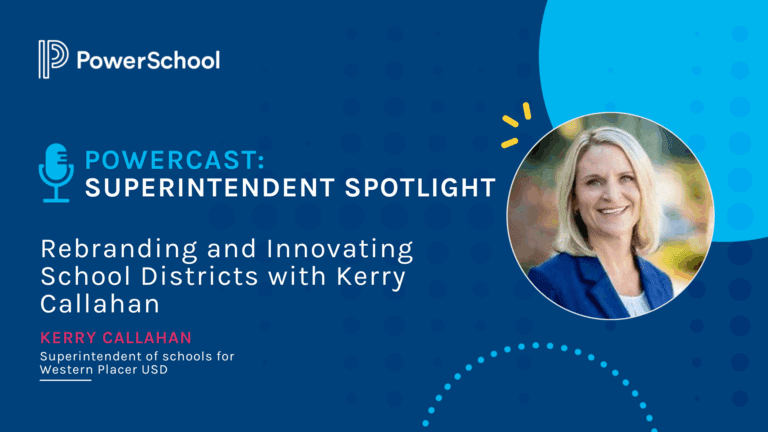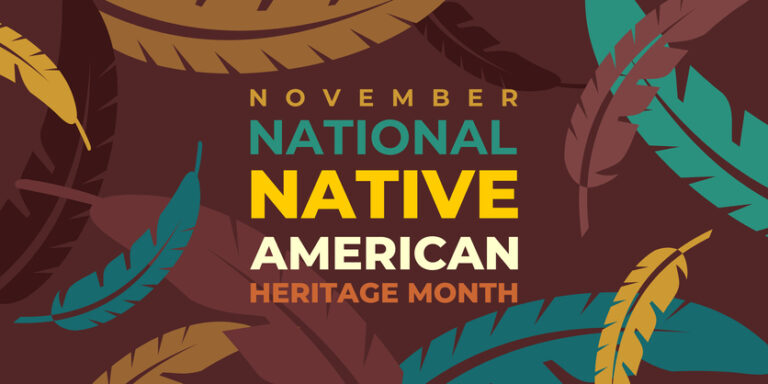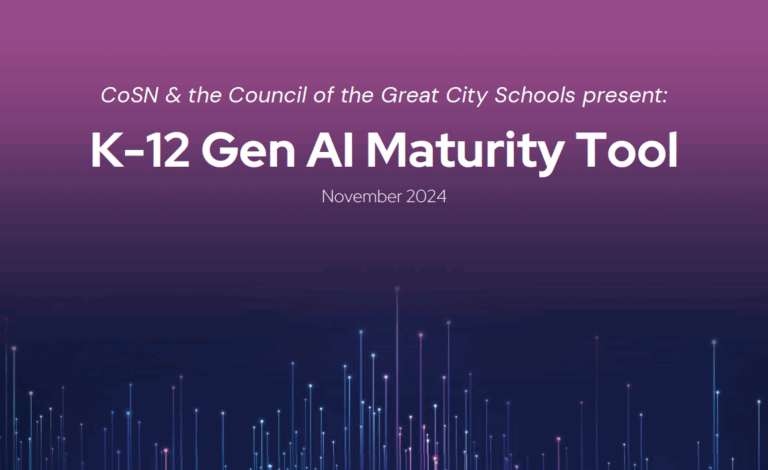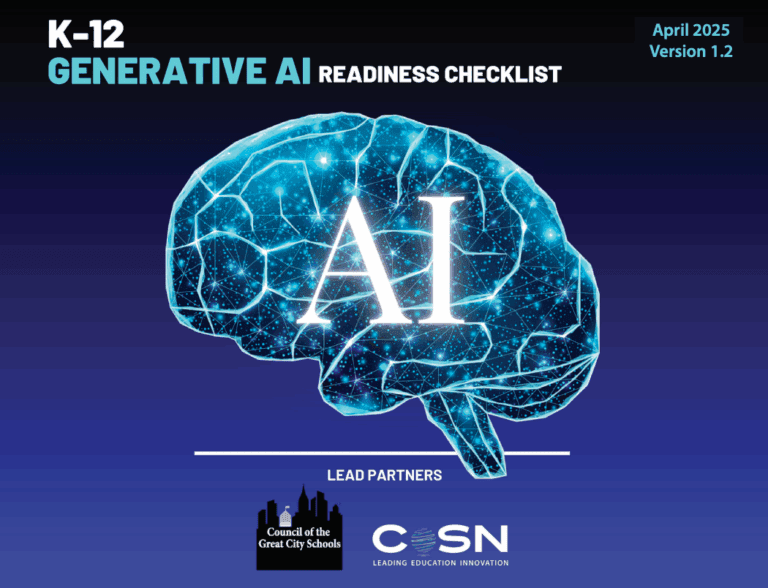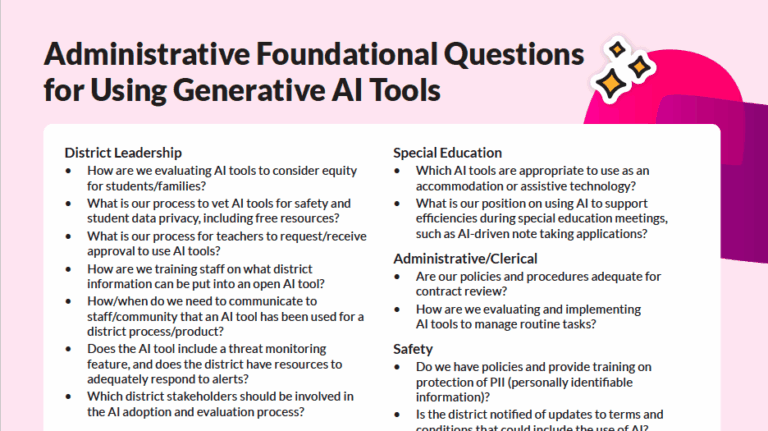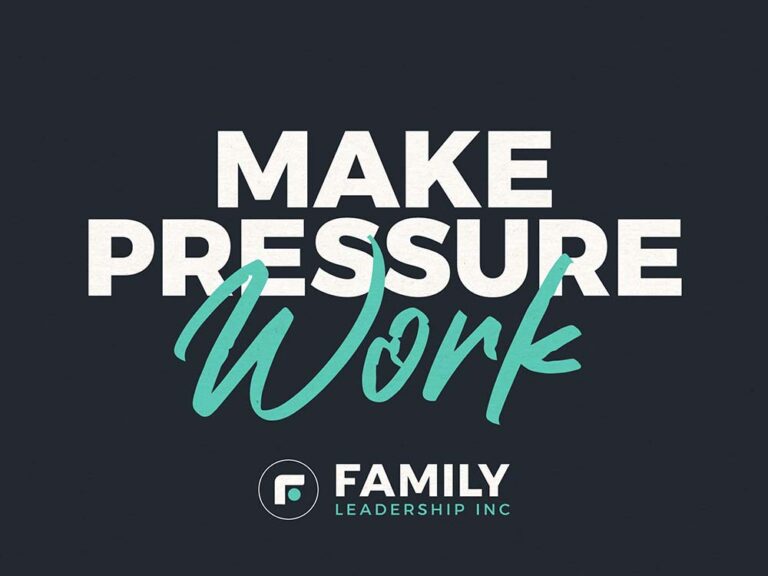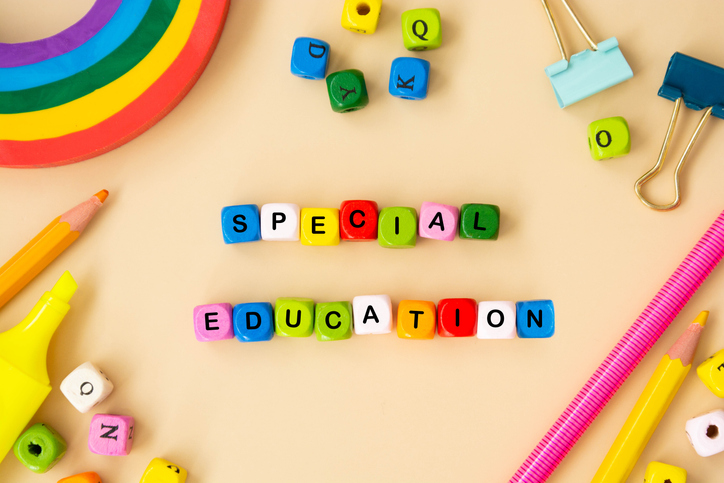
By Emil Ahangarzadeh
A few weeks ago, a colleague of mine went on a date that quickly turned into a battleground — not over politics, sports, or even pineapple on pizza, but cilantro. Yes, cilantro. Apparently, the evening took a sharp turn when her date, a self-proclaimed “culinary purist,” declared, “Cilantro should be outlawed. It’s like sprinkling soap on perfectly good food.”
This led to a fiery back-and-forth:
Her date: “It ruins everything! Who decided leaves that taste like dishwater should be edible?”
Her: “Maybe people who have taste buds that function. Cilantro adds depth and brightness—some of the best cuisines in the world use it!”
Her date: “It’s an herb. A garnish! How can something so small cause so much chaos?”
I didn’t know cilantro was such a polarizing issue until she recounted this story. I mean, it’s just a leaf, right? Yet, to some, it’s the essence of freshness; to others–a betrayal of everything holy.
This debate reminded me of another topic that divides people just as sharply: equity in education. Like cilantro, equity sounds straightforward at first — it’s about fairness and ensuring everyone has what they need to succeed. But when you dig into the details, people suddenly find themselves arguing over what it really is, how it should be “served,” and whether it even belongs on the plate at all.
Recently, there’s been much chatter about how equity is implemented, what it means, and whether it’s even a good idea in the first place. Some of these takes are thought-provoking, while others feel like the intellectual equivalent of a group project where one person does all the work, and everyone else complains about the font choice. Let’s examine some of these arguments and see where we might be missing the mark.
Clearing Up misconceptions (with a smile)
- “Equity Undermines Merit!” Ah, yes, the age-old fear that equity means rewarding people for simply showing up. But here’s the thing: equity isn’t about participation trophies. It’s about ensuring everyone can earn that trophy—because not everyone is starting from the same place. If life is a race, equity gives the kid with no shoes a pair of running spikes. It doesn’t pull the fastest runner (who already has running spikes) back by their ponytail.
- “It’s Reverse Discrimination!” This argument often sounds like: “If we help them, what happens to us?” But equity isn’t about flipping the table over so someone else can sit at the head—it’s about getting a bigger table. Imagine a potluck where everyone brings something different to share. Equity doesn’t mean taking away your lasagna; it just makes sure everyone gets to eat, even the kid who only brought a napkin.
- “Equity Forces Outcomes!” If equity had a dollar for every time someone confused it with guaranteed outcomes, it could probably fund every under-resourced school in the country. Equity isn’t about making sure everyone gets an A on the test; it’s about making sure everyone gets a fair shot at studying for it. (And maybe it’s about ensuring that one kid finally gets a calculator that doesn’t have duct tape holding it together.)
- “Equity Takes Resources Away from High-Performing Schools!” Let’s get one thing straight: helping underfunded schools ISN’T the same as sabotaging high-performing ones. Equity isn’t a Robin Hood scheme where we sneak into schools with shiny new science labs and swap out their equipment for Bunsen burners from 1987. It’s about making sure every student has access to the basics. No one’s asking for gold-plated chalkboards—just functional ones.
The problem with how we talk about equity isn’t just the misunderstandings — it’s how these conversations often feel so combative. What if we stopped treating equity like a tug-of-war and started thinking of it as a team sport? Here’s how we might lighten up the conversation and find some common ground:
Reframe the Narrative: Equity isn’t about punishment or pity — it’s about empowerment. And empowerment doesn’t have to be boring. Let’s talk about equity like it’s a recipe for success, not a menu of restrictions.
Focus on the Fixable: Instead of debating whether equity is “fair,” let’s fix the stuff everyone agrees is broken. Like those wobbly desks. And the fact that some schools don’t have enough textbooks while others have an espresso machine in the teacher’s lounge.
Celebrate Individual Wins: Equity doesn’t erase individual achievements — it amplifies them. Think of it as turning up the volume on everyone’s unique potential, so no one’s brilliance gets drowned out by systemic static.
Communicate with Ease: Seriously, who decided education policy had to be so dry or heated? Let’s talk about these issues like real humans. Equity doesn’t have to feel like a lecture or a road rage incident; it can feel like a conversation.
Equity in education doesn’t have to be scary, divisive, or misunderstood. It can be the thing that brings us together — like a potluck where everyone leaves happy and full. Sure, there are challenges, and sure, not everyone will agree on how to get there. But if we approach the conversation with curiosity, creativity, and maybe a little levity, we might find solutions that work for everyone.
Emil Ahangarzadeh, Ed.D., is the director of the Department of Equity, Access, and Family Engagement in Glendale Unified School District.










